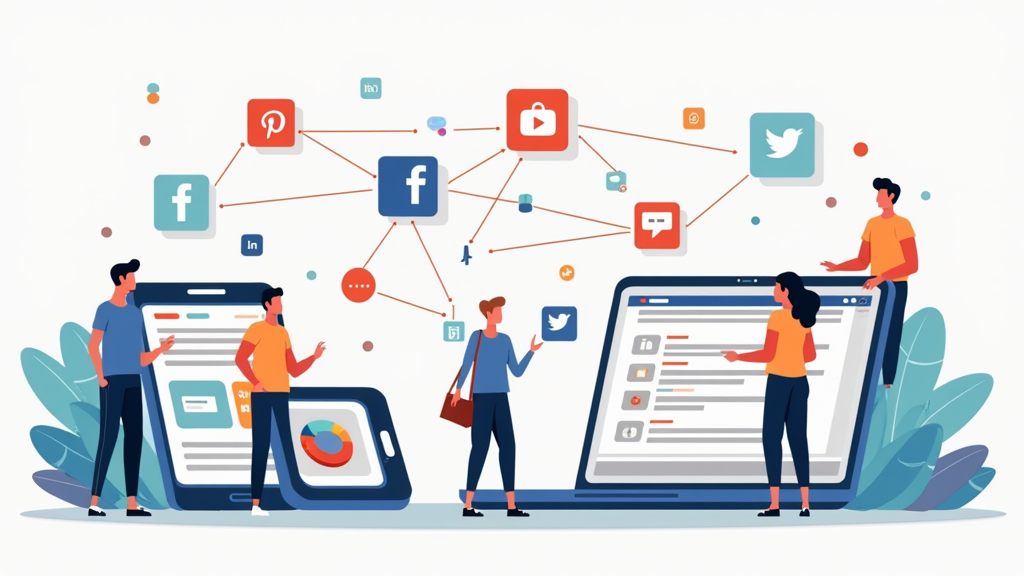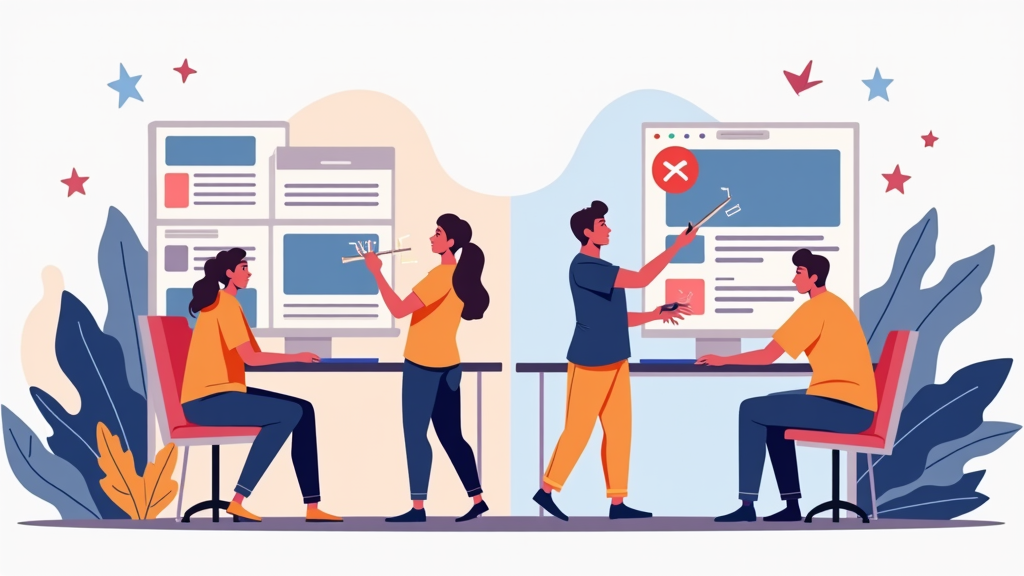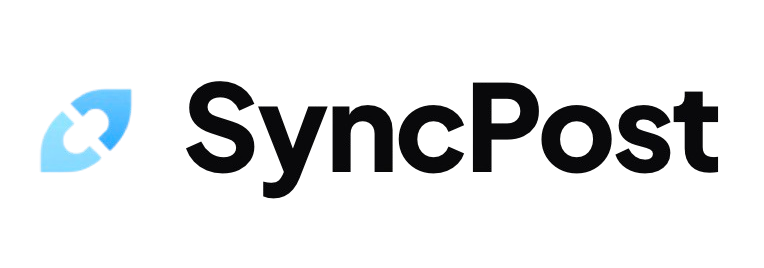
Introduction
Managing your social media content across different platforms can eat up a lot of your time. You probably spend hours copying and pasting posts, adjusting content for each platform, and trying to keep track of what goes where. This daily juggle can leave you feeling overwhelmed and less productive.
Connecting your Twitter and LinkedIn accounts can make your life much easier. This integration helps you share your content with both professional and social audiences without the extra work. You'll save time while keeping your message consistent across both platforms. Plus, you can focus more on creating great content instead of worrying about posting it everywhere.
We'll show you how to set up this connection properly and use it well. You'll learn which content works best for both platforms and how to adjust your posting schedule. These tips will help you work smarter and get better results from your social media efforts.
Why Integration Matters
You can save hours each week by connecting your Twitter and LinkedIn accounts. Instead of switching between apps and copying content manually, your posts will flow smoothly from one platform to the other. This gives you more time to create great content and interact with your followers.
Your content reaches different audiences on each platform. LinkedIn users might miss your Twitter updates, while your Twitter followers might not check LinkedIn regularly. By sharing across both networks, you'll connect with professionals who prefer one platform over the other. Plus, your content gets a second chance to be seen and shared.
Your brand voice stays consistent when you manage both platforms together. You won't forget to post important updates on either network, and your message remains clear across platforms. This helps build trust with your audience because they'll see the same professional image whether they find you on Twitter or LinkedIn.

Integration Methods
You can connect your Twitter and LinkedIn accounts in several ways. Each method offers different features to help you share content across both platforms.
Here are your main options for connecting these platforms:
-
Native Features: Built-in connection tools from Twitter and LinkedIn
-
Automation Platforms: Tools like Zapier that connect multiple services
Your best integration method will depend on what you need. If you want simple sharing between platforms, native features work well. Scheduling tools help you plan posts ahead of time. Automation platforms give you more control over how your content moves between Twitter and LinkedIn, but they might take more time to set up.
Setup Process
Before you connect your Twitter and LinkedIn accounts, make sure you have admin access to both profiles. You'll need to log in to both platforms and check your account settings. This will save you time and prevent common setup problems.
1. Check Your Account Status
Log in to both accounts and make sure they're active. Your Twitter account should be public, and your LinkedIn profile should be complete.
2. Set Up LinkedIn Permissions
Go to your LinkedIn settings and look for third-party app permissions. Turn on the options that let other apps connect to your account.
3. Link Your Accounts
Open Twitter and go to settings. Find the social network connections menu and select LinkedIn. Follow the prompts to finish connecting your accounts.
4. Test Your Connection
Post a quick test message to make sure everything works. Try sending a tweet and check if it shows up on LinkedIn.
If you run into problems, here are quick fixes for common issues:
-
No Connection: Log out of both accounts and try linking them again
-
Posts Not Showing: Check your sharing settings on both platforms
-
Error Messages: Clear your browser cache and cookies, then try again
-
Authorization Failed: Make sure you're using the correct login information
Remember to check your connection every few months, as social media platforms often update their settings and permissions.
Content Strategy
Twitter and LinkedIn have different content styles. Twitter works best with short, quick updates and casual conversations. You can post jokes, quick tips, or join trending topics. LinkedIn users prefer professional content like industry news, career advice, and business updates.
You can adjust your content to work on both platforms. Start with your LinkedIn post and break it into smaller pieces for Twitter. For example, turn your LinkedIn article into 3 to 4 tweet threads. Add relevant hashtags for each platform. Keep your Twitter tone light and fun, while staying professional on LinkedIn.
Each platform has its peak activity times. LinkedIn users are most active during work hours, especially Tuesday through Thursday mornings. Twitter stays busy throughout the day, with more engagement during lunch breaks and evenings. Post 1 to 2 times daily on LinkedIn and 3 to 5 times on Twitter for best results. Watch your analytics to find what times work best for your specific audience.

Best Practices
Your social media presence needs to stay professional while connecting Twitter and LinkedIn. Think of these platforms as two different rooms at a networking event. LinkedIn is like the conference room, while Twitter is more like the coffee break area.
Here are some key guidelines to follow:
-
Content Selection: Share your industry insights and work updates on LinkedIn, keep casual conversations on Twitter
-
Post Timing: Space out your cross-posts to avoid flooding either platform
-
Image Guidelines: Use high quality, properly sized images that work well on both platforms
-
Hashtag Usage: 1 to 2 hashtags work best on LinkedIn, while you can use 3 to 5 on Twitter
-
Text Format: Keep LinkedIn posts formal and detailed, Twitter posts short and snappy
-
Link Sharing: Include a brief comment when sharing links on both platforms
-
Content Types: Share articles and industry news on LinkedIn, quick updates and polls on Twitter
Keep an eye on how your audience responds to your cross-posted content. Look at which posts get more likes, comments, and shares. You can use this information to adjust what and when you share. Try different posting times and content types to find what works best for your followers on each platform.
Common Pitfalls
Too much automation can hurt your social media presence. Your followers can spot automated posts quickly, especially when you share the same content across Twitter and LinkedIn without any changes. This can make your content feel robotic and impersonal, reducing trust in your brand.
Content that works well on one platform might fall flat on another. LinkedIn users often look for professional insights and industry knowledge, while Twitter audiences prefer quick updates and casual conversations. Posting the same message without adjusting it for each platform can confuse your followers and limit your reach.
Your engagement rates might drop if you don't pay attention to timing and platform habits. LinkedIn users are usually more active during business hours, while Twitter has a more around-the-clock audience. Posting at the wrong times or using hashtags incorrectly on either platform can make your content less visible. Remember to check your analytics regularly and adjust your posting schedule based on when your followers are most active.
Performance Tracking
Your social media posts work better when you understand how they perform. By checking your metrics regularly, you'll know what content your audience likes and what needs improvement.
The most useful metrics for cross-platform posting include engagement rate, click-through rates, and audience growth. Your Twitter engagement shows how many people interact with your tweets through likes, retweets, and replies. On LinkedIn, look at post impressions, reactions, and comments to understand your professional audience's preferences.
Both platforms offer built-in analytics that help you track these numbers. Twitter Analytics shows you tweet performance and audience insights, while LinkedIn Analytics provides detailed information about your company page and post performance. You can also use social media management tools to see all your stats in one place.
Look at your numbers weekly to spot trends in your content performance. If your LinkedIn posts get more engagement in the morning but your tweets perform better in the evening, adjust your posting schedule. Try different types of content too. Your audience might prefer videos on one platform but respond better to text posts on another. Use what works and change what doesn't to improve your results over time.
Advanced Tips
Understanding your audience on Twitter and LinkedIn helps you create better content. Look at your analytics to spot which posts work best on each platform. Your Twitter followers might love quick tips and industry news, while your LinkedIn connections could prefer detailed case studies and professional insights.
Your content should match each platform's style. Twitter posts can be casual and fun with hashtags and GIFs. LinkedIn posts need a more professional tone with industry keywords and business insights. Try different post formats to see what your followers like best.
Both platforms have useful features you can use together. Twitter Spaces recordings can become LinkedIn posts with key takeaways. LinkedIn articles can be split into tweet threads with your main points. Use Twitter polls to gather opinions, then share the results in a LinkedIn post with your analysis. Remember to use native video uploads on both platforms for better reach, since they tend to perform better than shared links.
Conclusion
Connecting your Twitter and LinkedIn accounts helps you build a strong online presence without spending hours on social media. You'll save time by posting once and reaching both audiences, keep your message clear across platforms, and grow your following more quickly. Plus, you'll have more time to focus on creating great content instead of managing multiple accounts.
Want to start sharing your content across platforms right now? You can set up this integration in just a few minutes. The sooner you begin, the faster you'll see results in your social media engagement and time management.
If you're interested in simplifying your social media cross-posting experience, check out SyncPost for seamless content synchronization across platforms.
FAQ
Should I post manually or use automation?
Here's how manual and automated posting compare:
Feature
Manual Posting
Automated Posting
Time
15+ minutes per post
5 minutes to schedule multiple posts
Customization
Full control over each post
Basic formatting options
Engagement
Can respond right away
Scheduled responses
Cost
Free
Usually requires paid tools
Will my content look different on each platform?
Your content will keep its basic format when posted to both Twitter and LinkedIn. Links, images, and videos will show up properly on both platforms. However, some special features like Twitter polls or LinkedIn articles won't transfer between platforms. You can always preview your posts before they go live to make sure everything looks right.
How do I disconnect my accounts if needed?
You can easily remove the connection between your Twitter and LinkedIn accounts. Just go to your LinkedIn settings, find the Connections section, and click "Remove" next to Twitter. This won't delete any of your existing posts, but future posts won't be shared between platforms anymore.
Do I need business accounts to connect Twitter and LinkedIn?
You can connect regular personal accounts on both platforms. However, if you want to use advanced features or manage multiple profiles, you might need business accounts. Business accounts also give you better analytics and more posting options.
Want to make cross-posting easier? Check out our automated solution at SyncPost to save time and keep your content consistent across platforms.
